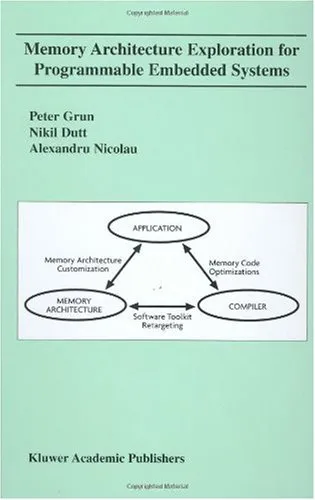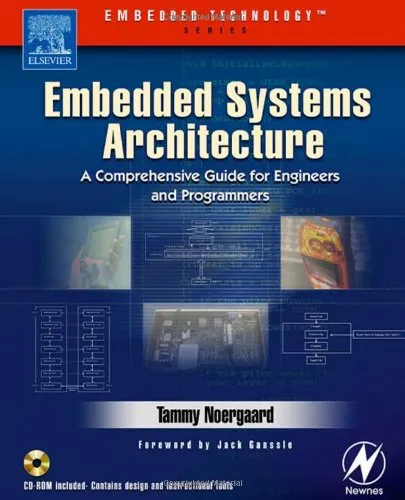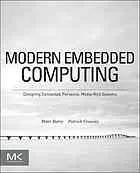Memory Architecture Exploration for Programmable Embedded Systems
4.0
Reviews from our users

You Can Ask your questions from this book's AI after Login
Each download or ask from book AI costs 2 points. To earn more free points, please visit the Points Guide Page and complete some valuable actions.Related Refrences:
Welcome to an exhaustive exploration of memory architectures in embedded systems, as documented in "Memory Architecture Exploration for Programmable Embedded Systems." This book delves into the dynamic interplay between memory systems and embedded processors, offering cutting-edge insights and practical strategies for developers, engineers, and researchers.
Detailed Summary of the Book
This comprehensive guide addresses the intricate design challenges associated with memory architecture in programmable embedded systems. It offers a wealth of information on the burgeoning complexity and sophistication of embedded systems in modern technological landscapes. Each chapter meticulously unravels diverse components, including cache designs, memory hierarchies, and the integration of memory architecture with processor subsystems.
The book takes readers through an evolutionary journey, depicting how technological advancements have driven the transformation of memory systems. From the early days of rudimentary memory layouts to contemporary multi-level cache hierarchies and the deployment of advanced memory abstraction techniques, this book covers it all. It articulately discusses the trade-offs inherent in memory design, such as latency, throughput, and energy consumption, offering readers a nuanced understanding of how to balance these factors in practical applications.
Key Takeaways
The book is a treasure trove of valuable insights into the architecture of memory systems for embedded applications. Here are several key takeaways:
- Comprehensive overview of memory design principles tailored for programmable embedded systems.
- In-depth analysis of memory performance metrics and the methodologies used to optimize them.
- Exploration of modern design frameworks that leverage memory hierarchies to enhance system performance and energy efficiency.
- Real-world case studies that illustrate the application of theoretical concepts in industrial contexts.
- Strategies for addressing the emergent challenges posed by new technological domains such as IoT and AI-driven systems.
Famous Quotes from the Book
"Emerging technologies continually challenge the limits of traditional memory systems, necessitating innovation and adaptability."
"Memory hierarchy design stands at the crossroads of performance, cost, and energy efficiency, serving as a foundational pillar for system optimization."
"In the realm of embedded systems, the marriage between memory and processor architectures is both an art and a science, demanding both creativity and precision."
Why This Book Matters
This book stands as a seminal resource in the realm of embedded systems engineering. At a time when technology is becoming increasingly embedded in everyday devices, from smartphones to automobiles and medical devices, understanding the inner workings of memory architecture is crucial for driving innovation.
By providing a comprehensive treatment of memory system design, this book equips professionals with the knowledge to push the boundaries of what embedded systems can achieve. It fosters a deeper appreciation of how memory architecture can unlock superior processing capabilities, reduce energy consumption, and enhance user experiences. Whether you are an academic, a practicing engineer, or a technologist, this book serves as both a foundational text and a cutting-edge reference, paving the way for future advancements in the field.
Free Direct Download
You Can Download this book after Login
Accessing books through legal platforms and public libraries not only supports the rights of authors and publishers but also contributes to the sustainability of reading culture. Before downloading, please take a moment to consider these options.
Find this book on other platforms:
WorldCat helps you find books in libraries worldwide.
See ratings, reviews, and discussions on Goodreads.
Find and buy rare or used books on AbeBooks.
1465
بازدید4.0
امتیاز0
نظر98%
رضایتReviews:
4.0
Based on 0 users review
Questions & Answers
Ask questions about this book or help others by answering
No questions yet. Be the first to ask!








